XF 70-300mm f/4-5.6R LM OIS WR – The Newcomer
First of all, I would like to thank Mr. Keitaro So, Divisional Head of Fujifilm for providing the loan for X-E4, XF27mm R WR and XF70-300mm R OIS WR. These units were loaned from Fujifilm Asia Pacific and returned to them. All the shots shown here were taken by me, and some shots were edited with minor adjustments inside the X-E4.
Secondly, I would like to thank Bobby Tonelli (@btonelli), Syen Lim (@syen.lim) and Yi Xuen for helping out to test this lens.
Prelude
XF50-140mm, XF100-400mm, XF55-200mm, XC50-230mm and now the XF70-300mm. The 5th telephoto zoom lens in the current Fujifilm lens line up and the newest in the family.
It was announced on 27 January 2021, launching together with the GFX 100S, GF 80mm F1.7, X-E4 and XF27mm R WR. To be frank, I was not surprised as it was already announced under development back on 15 October 2020 Fujifilm X Summit! In short, I was prepared for its arrival.
When I first held this pre-production lens, I was amazed by the size. It is very compact and reasonably weighted. But there are some questions in my head, why does Fujifilm release this lens with overlapping of focal length between the XF55-200mm and XF100-400mm? Who is the target audience, and what is its position in this category? This review is based on my own opinions to answer them.
Similar to my review of the X-E4 and XF27mm R WR, I will focus less on the technical part of this lens and focus more on the user experience. This lens is tested together with X-E4.
RIGHT: Fuji X-E4 . Fuji XF70-300 F4-5.6 R LM OIS WR @300mm . f5.6 . 1/1300” . ISO 160 . Classic Chrome
No doubt that the target audience is aiming at the wildlife, bird and probably sports photographers and enthusiasts. But is there any specific group? Maybe I can give my own assumption later. However, you will not find any relevant genres abovementioned in this review.
Because I am not an expert in any of the above-mentioned and I shall leave it to the experts to share their opinions. As for me, I shall review this lens based on my favourite genres, streets and portraits. And to add a little challenge for myself, I will shoot mostly at 300mm focal lengths and 70mm for references. Let’s see how it goes…
Get Started
At a glance, it gives me an impression that it is as big as the XF 55-200mm lens. To confirm my doubt, I take out my XF55-200mm and give them a side by side comparison. The XF70-300 is just 15mm longer! Then the next thing I do is to weight both of them with a kitchen scale.
To my surprise, the XF70-300mm weights the same as the XF55-200mm. Both at 580 grams! I thought my kitchen scale was giving me an error, so I checked with the official source, and indeed they are exactly the same weight. That’s an impressive piece of engineering!
Build Quality
The build quality is good, and it is the usual Fujifilm high-quality standard. The weight is well-distributed throughout the lens, and there is no sign of heavier front elements. It comes with a plastic lens hood. WR is unquestionably a warm welcome too.
Rotating the zoom is smooth with little or no friction. At 300mm, the protruded lens barrel is about twice the length of the lens when fully closed. This lens comes with a barrel locking function to prevent from lens creeping. Unlike other barrel locking mechanism, what Fujifilm does is an innovative way. The locked barrel can be “deactivated” by turning the zoom ring.
On one of the testing days, I slipped my mind that I have locked the barrel. I just simply turn the zoom ring. There is some frictions when I turn the zoom ring, but it is already zoomed out when I realize it. Luckily, it is designed to be this way. What a consideration Fujifilm had in mind when designing this lens. Thumbs up!
RIGHT: Fuji X-E4 . Fuji XF70-300 F4-5.6 R LM OIS WR @300mm . f8 . 1/850” . ISO 320 . Classic Chrome
Image Quality
The overall image quality is very good. I am pretty impressed with it. As compared to XF55-200, the bokeh of this lens renders finer, more smoothly and more comfort to my eyes. It also gives good enough separation. That doesn’t mean the XF55-200 renders badly, it’s just that the technology always improves over the years and hence the improvement. With this lens, it’s definitely not the best bokehlicious you will find, and definitely not designed to fight with the top tiers Fujifilm telephoto zoom lenses.
On sunny days like in Singapore, the images are really good, very decent, and nothing much to complain about. I also do not observe any obvious chromatic aberration in the images. The flare seems to be well controlled too.
For night shots, the image quality does drop but negligibly, in my opinion. The contrast is still acceptable. I suppose it is not a big issue as we can do post-edit with Lightroom and C1 or with the quick in-body photo editing tools inside the camera.
Autofocus
During my day testing, it was fast in focusing and confident in locking the subjects. I cannot find any issue in focusing with all focal lengths (especially at 300mm). But under dim conditions, it spells slow in focusing and obvious hunting experience for 300mm but not too much at 70mm. The hunting reminds me of my XF80 hunting under similar situations. They behave the same way.
Optical Image Stabilisation (OIS)
How do I test OIS? Take a night portrait at 300mm! The result turns out to be crazy!
My most satisfying shot was taken at 1/10s. The image is obviously not tack sharp but usable. The OIS is totally impressive. It really blows my mind out the of water! Its 5.5 stops are really working like a gem. And not forgetting that I am not working on a camera with IBIS. Imagine if I test it with the X-T4 and X-S10, the image could be even better.
Fuji X-E4 . Fuji XF70-300 F4-5.6 R LM OIS WR @300mm . f5.6 . 1/10” . ISO 3200 . Classic Chrome
Using it for streets
Although this lens is compact compared to other telephoto zoom lenses, it is not as compact as most lenses Fujifilm has. Using this on the street is fun and gains a new perspective for me. It is not easy to be discreet and might gain some eyes staring occasionally. But it also gives me an opportunity to see something that I usually will not observe. It also allows me to open more possibilities of what shots I can take.
RIGHT: Fuji X-E4 . Fuji XF70-300 F4-5.6 R LM OIS WR @300mm . f5.6. 1/1000” . ISO 320 . Classic Chrome
The benefit of shooting at 300mm focal length is that shooting from a non-reachable distance, my subject hardly knows that I am shooting him or her. This makes me sounds like a paparazzi. But don’t get me wrong, my preference for shooting on the street is usually to try not to alert my subject, as I would like them to have the most natural ways and moments and not be distracted or get attention from my gears.
RIGHT: Fuji X-E4 . Fuji XF70-300 F4-5.6 R LM OIS WR @300mm . f5.6 . 1/100” . ISO 800 . Classic Chrome
A little extra feature
Besides the compact size and lightweight, this lens is able to use both teleconverters (XF1.4X TC WR and XF2X TC WR), unlike the XF55-200mm. With the 2X TC, the focal length can go as far as 900mm full-frame equivalent. That is an impressive focal length.
RIGHT: Fuji X-E4 . Fuji XF70-300 F4-5.6 R LM OIS WR . XF 1.4 TC @420mm . f8 . 1/100” . ISO 320 . Classic Chrome
But in my testing, I try with the 1.4x TC, and I do observe some slight softness and a little lack of contrast in certain shots. It could be due to my pre-production unit. It could be me being picky about it. As this is my first time using the TC, I have no reference to compare it with.
Minimum Focus Distance & Magnification
This is one of my favourite parts of the lens, and I believe this is one of the features that shine. The Minimum Focus Distance (MFD) is at 0.83m only, and this is even closer than what XF 55-200 can offer (MFD at 1.1m). With such an impressive MFD and together with the magnification of 0.33x, doing some close-up shots of food and flowers can be a fun experience.
I tested the macro shots with food, and the result is pleasing. The close-up detail and image quality have exceeded my expectation. If you share these “macro” shots with anyone, I believe no one will ever believe the shots are taken with this telephoto lens.
Using it for portraits
Fujifilm has a range of amazing portrait lenses to choose from. But in the name of testing, I used this lens, especially at 300mm, to shoot portraits. It is crazy. No one in the right mind will use this focal length to shoot a portrait, yet I did. For instance, taking a full body shot, the distance between the model and me is too far. As this is our first time shooting this far, it’s a fun experience for everyone.
RIGHT: Fuji X-E4 . Fuji XF70-300 F4-5.6 R LM OIS WR @300mm . f5.6 . 1/1600” . ISO 320 . Classic Chrome
The result, in my opinion, is beyond above passing level. Maybe it is my own preference, the separation between the subject and the background is mild, but it is acceptable for me. The sharpness is reasonably good but not as tack sharp as those prime lenses like the XF80mm F2.8 Macro and the XF200 F2.
Conclusion
Fujifilm has done a good job with this lens by preserving good image quality and build quality standards. This lens certainly shares similar benefits to the XF55-200mm and adds something more and better.
I think that the overlapping of the focal lengths is a smart move. It gives an extra 100mm more than the XF55-200mm but also 100mm shorter than the XF100-400mm. This gives photographers more choices to choose from. Having said that, this also means that XF100-400mm still maintains its presence in Fujifilm’s lenses line-up. And not forgetting that the XF75-300mm is so much smaller and compact than the XF100-400mm.
As a current XF55-200mm lens user like me, I will keep what I have for now. Unless I manage to sell away the current lens, otherwise I cannot find any good reason (to seek approval from my wife) to purchase this lens. Please don’t misunderstand me, this lens is definitely a better lens than the XF55-200mm, and it’s a better investment, in my opinion.
Hence, my view is that this lens’ position is to aim at photographers who do not own the XF55-200mm and attempt to explore the world of wildlife, birds, outdoor sports, and probably outdoor street like me. One more advantage is the price of this lens. Priced between both XF55-200mm and XF100-400mm lenses, but closer to the XF55-200mm. Personally, after testing the lens out, I feel that this lens is a beast of its own.
It performs and scores well in every aspect. Not forgetting that when the world is in a better situation than current, this is definitely a nice coverage lens to bring along for travel. On the whole, I feel that this lens is worth getting.

Alwin is a 37 years old engineer, husband and Fujifilm fanboy from Singapore. His first encounter with Fujifilm was the launch of the X10 in 2012. It was love at first sight. It was a joyful compact camera and it also introduced film simulations to him. But what brought him deep into Fujifilm was the X-T2 and the love grows further. He loves to experience and discover many genres.





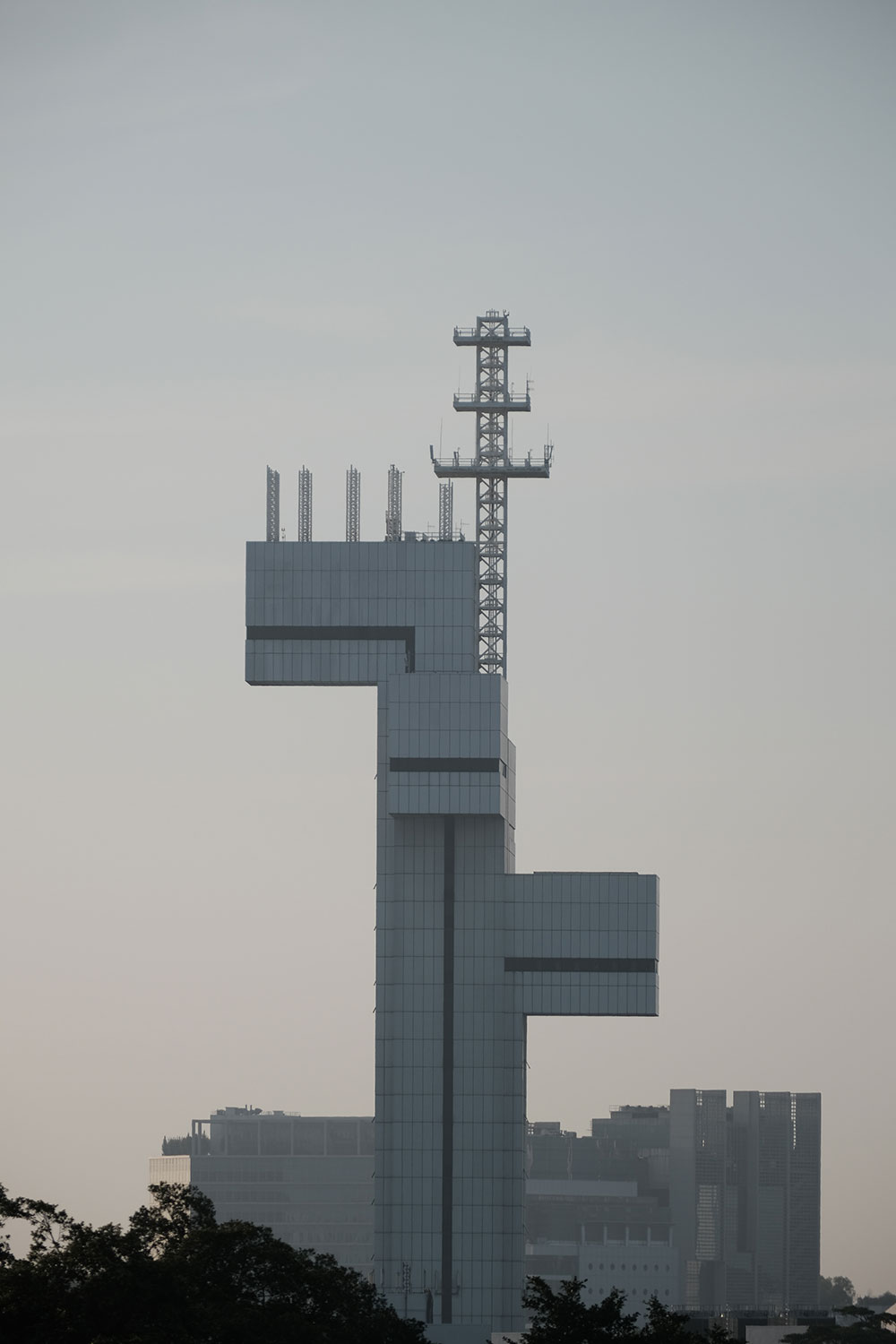

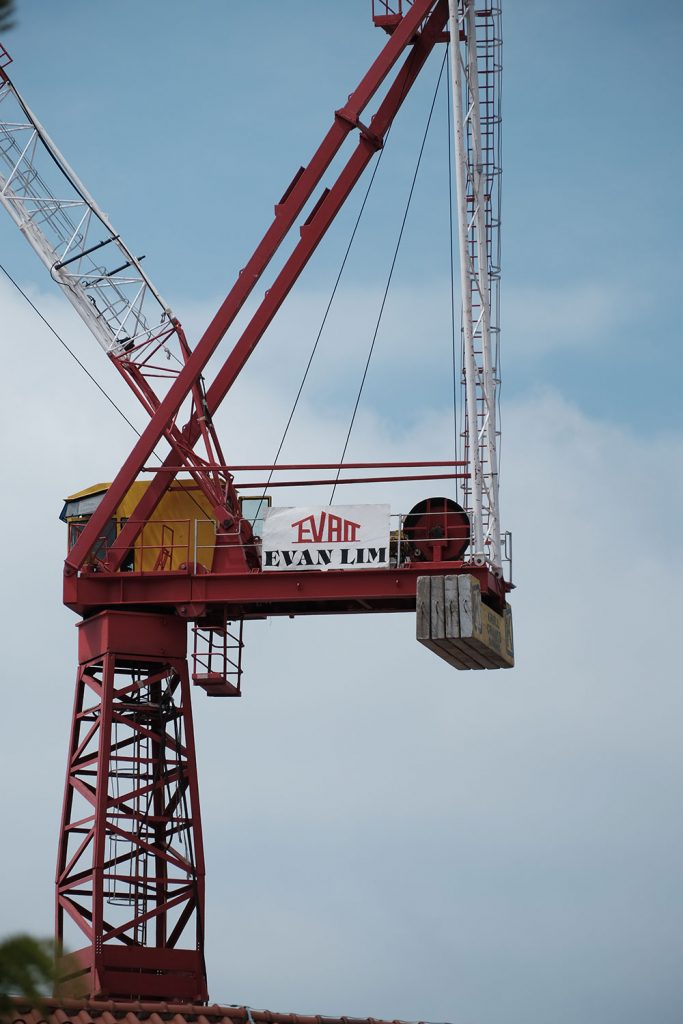

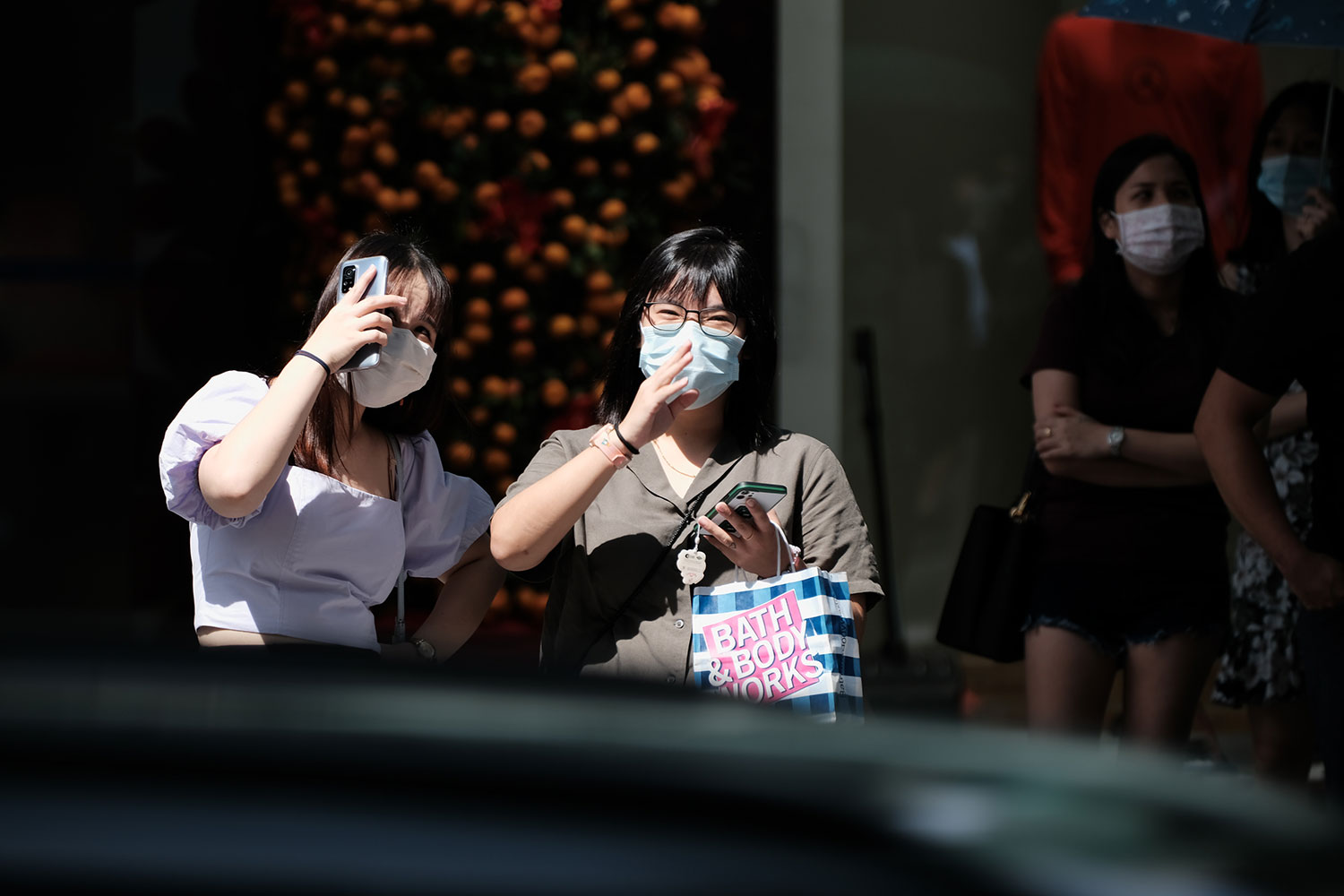










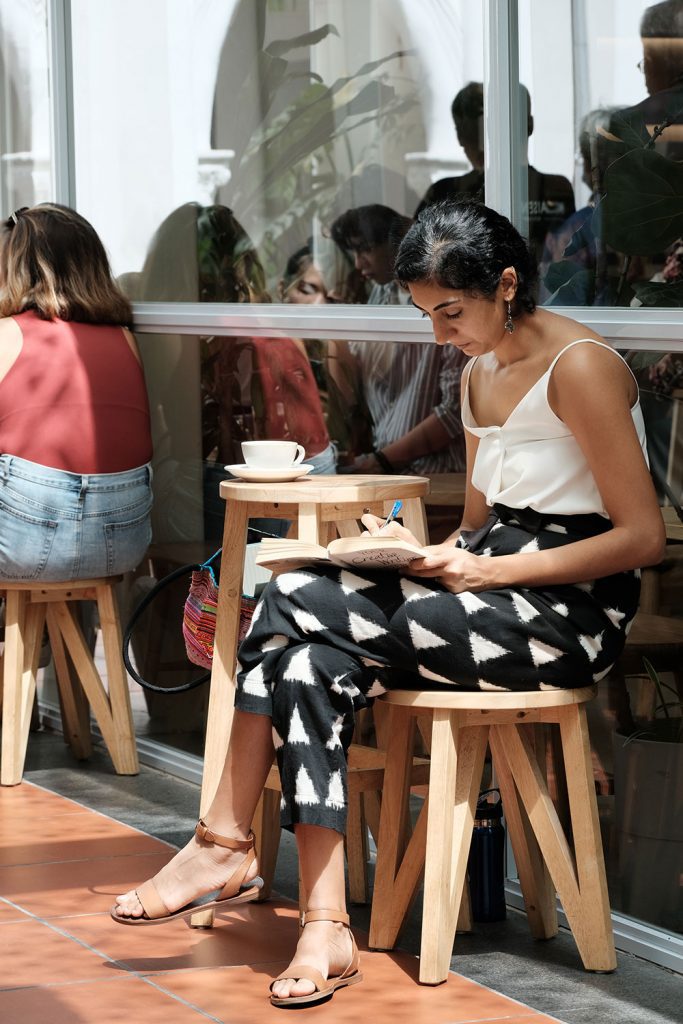













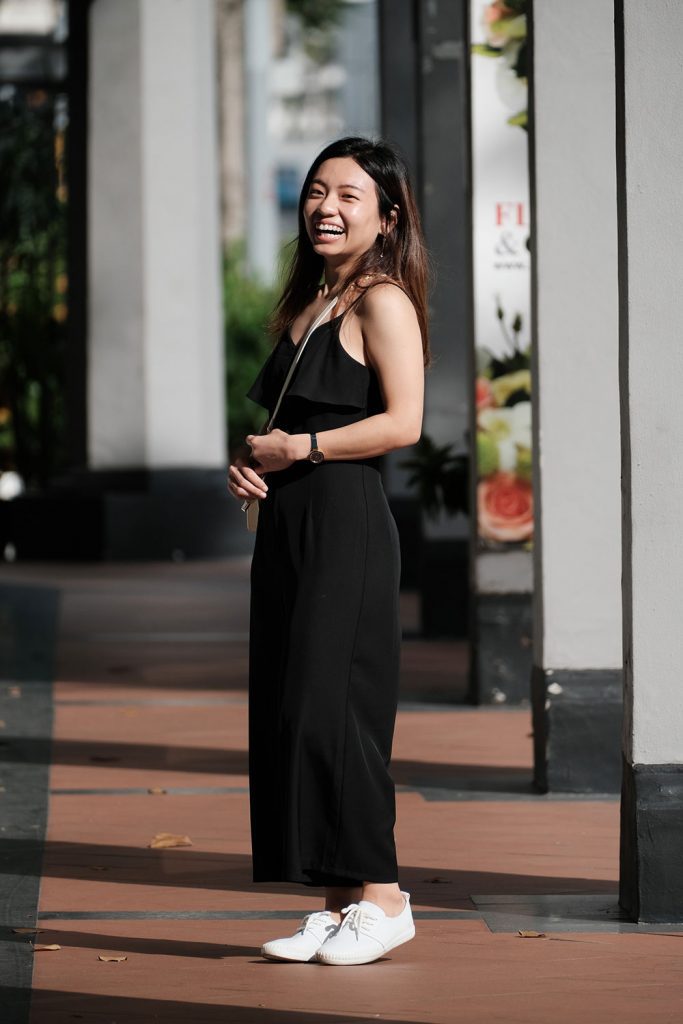








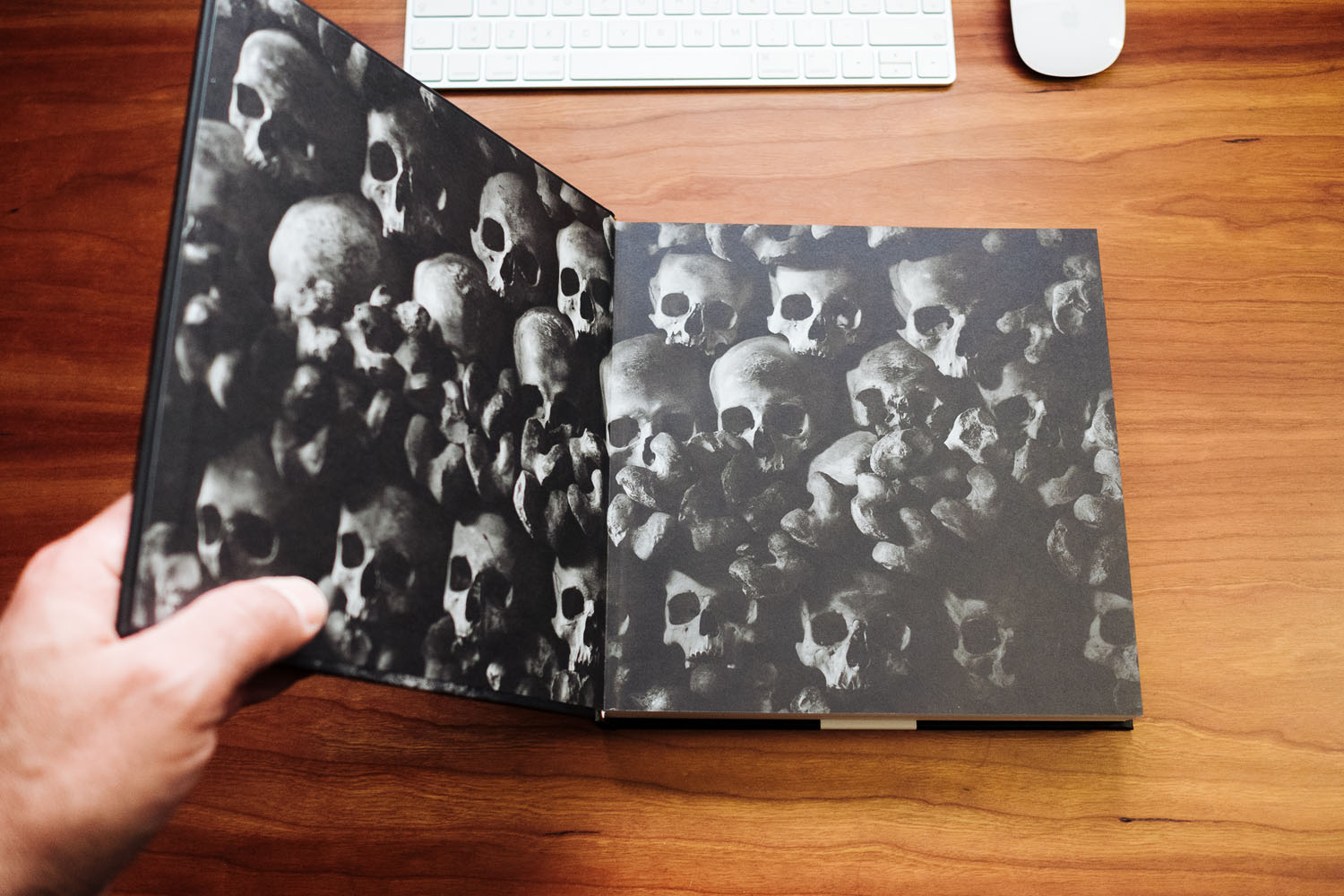

Albert Smith
February 23, 2021 @ 3:35 pm
Thanks for this review.
I came to Fujifilm from Nikon, and I have a Nikon 70-300mm f/4-5.6 full frame zoom that I often use on a DX camera, so I know how just plain fun it can be to go out with a really long lens after spending time in the moderate focal length range.
Of the three recently announced item, this zoom is in my wishlist ( already preordered the new 27mm), and looking at your images only makes me sure that it will be joining my kit.
Again, thanks
Alwin Kok
February 24, 2021 @ 6:24 am
Hi Albert, thank you for reading my review.
This lens is definitely a must-have lens if you do not have the XF 55-200 lens. I am struggling with whether to keep my current XF 55-200 and I am now considering letting go of my XF 55-200. Nevertheless, congratulation on your new pancake lens. I am pretty sure you will have lots of fun using it.
Oscar shimange
March 6, 2021 @ 5:59 pm
For me this lens is a game changer. I have used the 100-400 . This is an excellent lens . I have preordered the 70-300mm. this is going to be my carry around lens with my 1.4x teleconverter that I already own. well done Fuji.
Alwin Kok
March 8, 2021 @ 3:17 pm
Nice! I am waiting for Fujifilm Singapore to open for pre-order.
Makofoto
February 23, 2021 @ 4:59 pm
Close-up’s are typically sharp because the Detail is so relatively large. Fun sounding lens. For someone like myself with over 50 years of shooting sports under my belt, I’m still waiting for Fuji to come out with a lightweight, “simple,” 500mm prime, around say f4.7. I recently rented the Canon Compact 800mm, fixed f11.0. Delightful! Collapsed it fit into my regular camera bag. Nikon has it’s Compact 500mm.
Alwin Kok
February 24, 2021 @ 6:28 am
Hi Makofoto, you have a nice portrait shot.
Yes. I love how this RF800 lens and its a smart move from Canon. Let’s hope one day Fuji will have the lens you love to have.
Craig
February 25, 2021 @ 3:53 pm
Nice Review 😃. I have the 50-140 how would compare as far as image quality? And is the 55-200 image quality better or same? Thanks
Alwin
February 26, 2021 @ 10:23 am
Hi Craig,
I can’t share with you my thought with XF50-140 because I do not have one. But comparing with XF55-200, I feel that this XF70-300 is sharper. Maybe due to better engineering or maybe better glass optic.
Craig
February 27, 2021 @ 4:13 pm
Thanks Alwin.
John
February 28, 2021 @ 4:47 pm
Thanks for the review! I don’t know if it’s just me, but I don’t really see it though, if I want to be honest. The images I’ve seen from the 70-300 so far seem dull. Still waiting for more reviews but I think I might actually go for the amazing 55-200, the 70-300 doesn’t seem to match it on my eyes so far (even though the extra mm would be great).
Alwin Kok
March 8, 2021 @ 3:21 pm
Yes I agree with you. Both lenses are amazing. Both have pros and cons. It’s up to us as a photographer on how we can optimise the capability of the lens we have on hands.
Hampus Persson
March 2, 2021 @ 11:00 pm
Hi,
Thanks a lot for a very Informative review and comparison to the 55-200. And nice example pictures! I am curious, did you try it in continous mode? If so, how was the AF Speed and tracking compared to the xf 55-200?
Thanks again,
Hampus Persson
Alwin Kok
March 8, 2021 @ 3:28 pm
Hi Hampus,
Are you referring to AF-C mode? I did try use this mode when I am shooting the la lang plant. I find the speed is acceptable and not blazing fast. I did have some mis-focus shots due to windy situation. But this might have to do with the setting on the camera as well. When I shot with the X-E4, the setting are by “default”.
Hampus Persson
March 10, 2021 @ 10:54 am
Thanks! Yes I meant the AF-C mode. Curious since I plan on using it as a sport- and wilflife lens. From the short time you tested the AF-C mode, would you say it was slower, equal or faster than the 55-200mm that know (and you referred to a bit)?
Thanks again,
Cheers
Hampus
Alwin kok
March 18, 2021 @ 3:27 am
Hi Hampus,
I feel that the XF70-300 AF speed is either equal to XF55-200 or slightly faster. I do not experience a huge jump in AF speed. Hope it helps.
Andreas Gailus
April 5, 2021 @ 5:54 pm
Hi Alwin,
Thanks for the review, which is very informative. I also like yoru photos, including the color pallette. Did you use the KodacChrome default version on the camera or did you create your own recipe?
Andreas
Alwin Kok
July 31, 2021 @ 3:06 pm
Hi Andreas,
I used Classic Chrome and Classic Negative. At that point of time, I am using the preproduction camera unit and hence I try to keep as “original” as possible.
icohgnito
May 26, 2021 @ 1:33 pm
Will this lens be okay for sun/moon eclipse photos?
Alwin Kok
July 31, 2021 @ 3:11 pm
Hi icohgnito,
I think the focal length is okay but it is better with the teleconverter and not forgetting to have some protection like using solar filter.